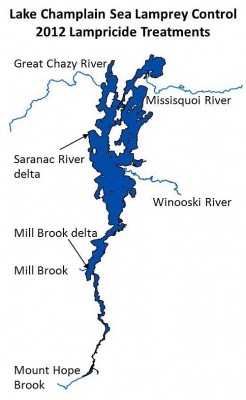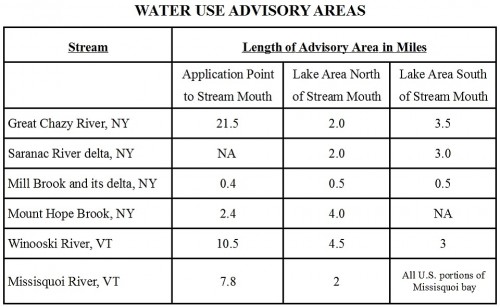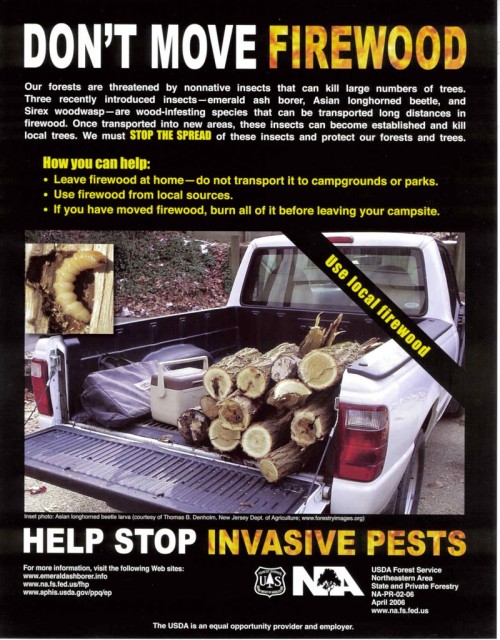 If you are planning to recreate in the Adirondacks this Labor Day weekend, the New York State Department of Environmental Conservation asks you to please remember the following:
If you are planning to recreate in the Adirondacks this Labor Day weekend, the New York State Department of Environmental Conservation asks you to please remember the following:
HIGH USAGE LEVELS: Visitors to the Eastern High Peaks Wilderness and other popular areas of the Adirondacks should be aware that trailhead parking lots and interior campsites will often fill to capacity on Labor Day weekend. Please plan accordingly and seek backcountry recreation opportunities in other areas of the Adirondack Forest Preserve.
BE PREPARED BEFORE ENTERING THE BACK COUNTRY:
Know
- Your own physical capabilities, knowledge of backcountry recreation and skill level
- The distance you plan to travel and the terrain and conditions you will encounter
Check (before entering the backcountry)
- With the local Forest Ranger for current information (518-897-1300)
- Current weather conditions and short-term forecast
Wear
- Appropriate outer wear and foot wear
- Layers of non-cotton clothes
Carry
- Map and compass – know how to use them and use them!
- Flashlight and extra batteries
- Plenty of food and water
Pack
- Extra clothes and socks
- Hat and gloves or mittens
- Ensolite pad to rest on and insulate your body from cold surfaces
- Bivy sack or space blankets for extra warmth
- Fire starter supplies – waterproof matches, butane lighter, candles, starter material, etc.
Always
- Inform someone of your itinerary and when you expect to return
FIRE DANGER: HIGH
- Use a cooking stove instead of a campfire to prepare meals.
- If you do have a campfire, be sure to:
- Use existing campfire rings;
- Keep fires small;
- Scrape away all litter, duff, and other burnable materials within a 10 foot diameter
- Never leave a campfire unattended and Be sure all fires are completely out.
BEAR RESISTANT CANISTERS: Regulation requires the use of bear-resistant canisters by overnight users in the Eastern High Peaks Wilderness between April 1 and November 30. NYSDEC encourages the use of bear resistant canisters throughout the Adirondacks. DEC and the manufacturer are discouraging the use of BearVault Canisters in the eastern High Peaks as bears are regularly defeating this type canister and obtaining the food stored inside.
Visit the Adirondack Trail Information web page for current weather forecasts, regulations, safety tips, trail conditions, and more.
Enjoy your visit to the Adirondacks!
Courtesy of: New York State Department of Environmental Conservation










